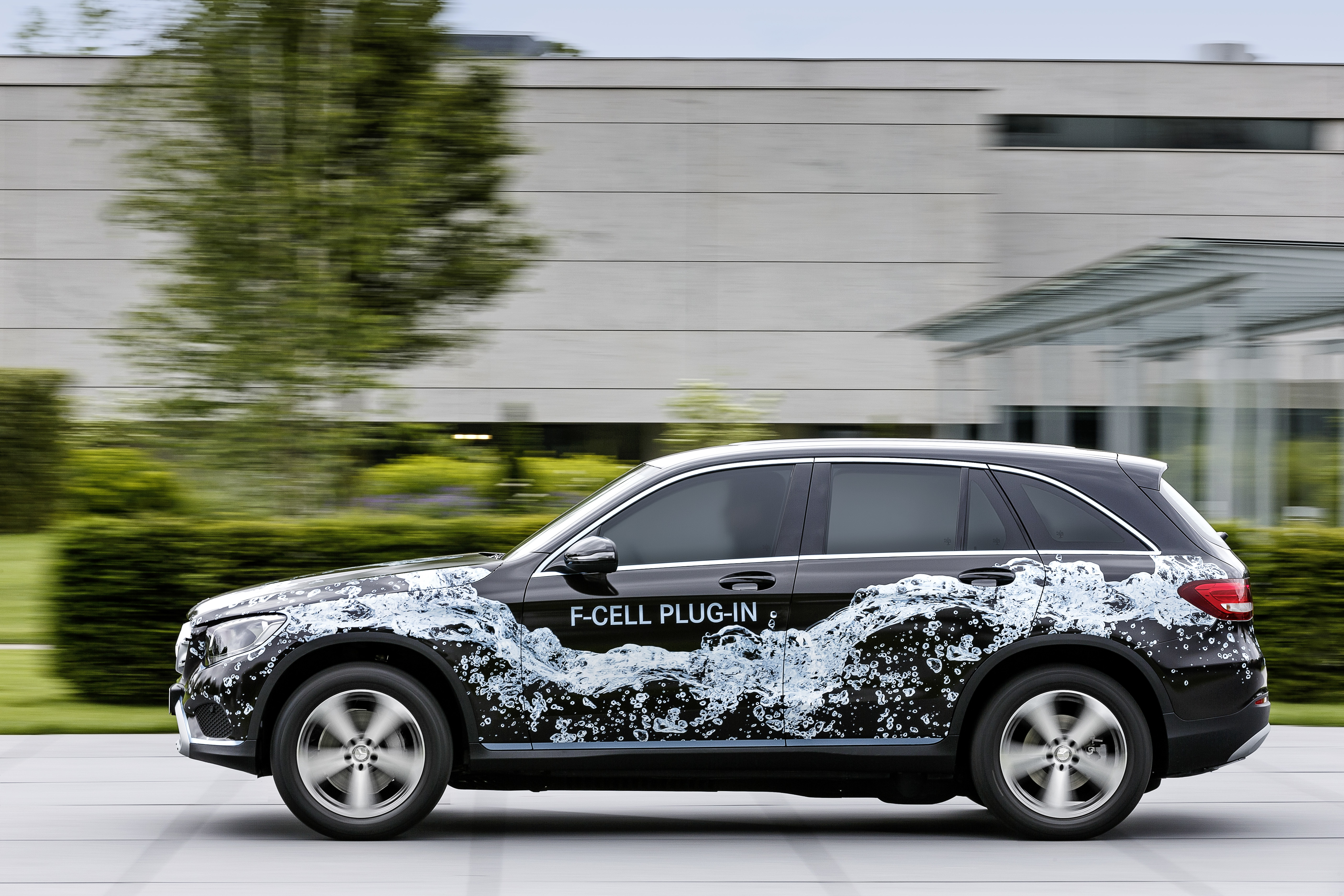
Hexagon Composites' subsidiary Hexagon Lincoln has been selected by Daimler to supply compressed hydrogen gas (CHG) cylinders for the car manufacturer’s next generation fuel cell electric vehicle. The new Mercedes-Benz GLC F-CELL will be presented in 2017 and features a new generation of cylinders (Type 4).
‘These are next generation cylinders for next generation vehicles,’ SAID Rick Rashilla, vice president, Hydrogen Products. ‘They are the result of years of research, development and testing with Daimler's wholly owned subsidiary NuCellSys, a world leader in fuel cell and hydrogen tank-systems for vehicle applications.’
‘Fuel cell technology is an integral part of our powertrain portfolio,’ added Professor Dr Christian Mohrdieck, director, Fuel Cell at Daimler AG. ‘The extremely short refueling time is one of the biggest assets of a fuel cell vehicle.’
Type 4 cylinders are suitable for hydrogen applications because they can work in extreme pressure, temperature and fatigue situations. CHG is stored at 700 bar/10,000 psi, reportedly the best pressure for hydrogen use. The GLC F-CELL range is about 500 km/310 miles (NEDC) and can be refilled in about three minutes – the same time as a conventional combustion vehicle.
This story is reprinted from material from Hexagon, with editorial changes made by Materials Today. The views expressed in this article do not necessarily represent those of Elsevier.
